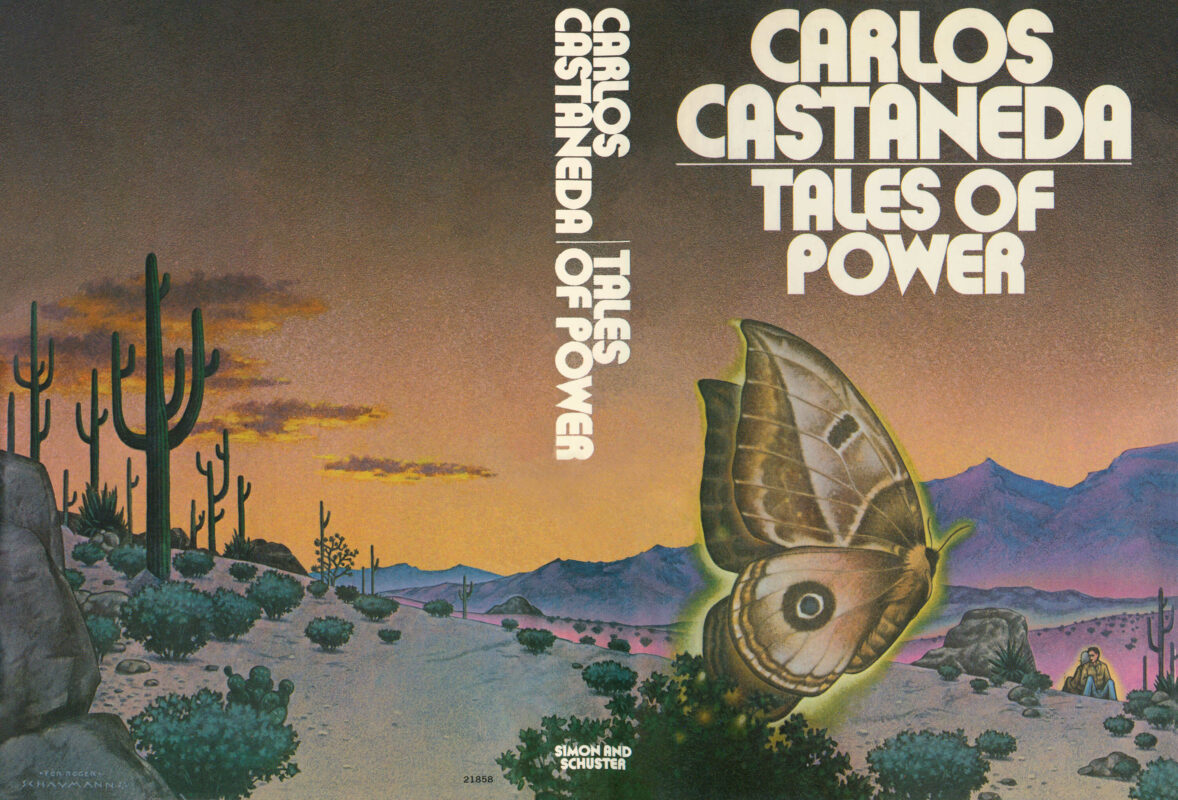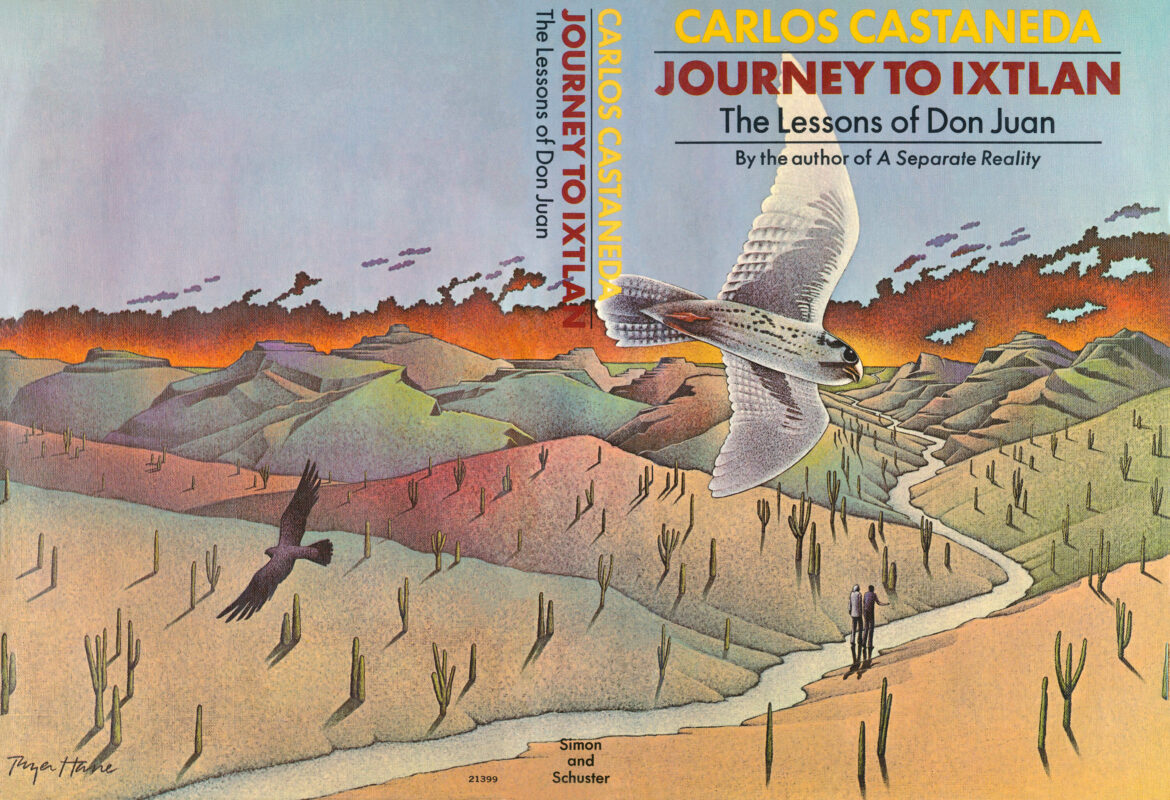
The Sorcerers’ Explanation – The Strategy of a Sorcerer
Upon returning home, Carlos finds that his usual bewilderment after extraordinary experiences has diminished, and he feels ready to see don Juan again. Don Juan finds him in a Mexican market and takes him to don Genaro’s favorite spot, where he begins a thorough recapitulation of his teaching strategy. Don Juan explains that his role as teacher has been to “clean and reorder” Carlos’s tonal (the rational self) by guiding his attention, while don Genaro, as benefactor, is responsible for demonstrating the nagual (the non-rational, unknown side). He details various techniques used to achieve this, such as “grabbing with his will” to stop internal dialogue, the “right way of walking” to flood the tonal with information, and seemingly nonsensical “joking tasks” to teach acting without expecting rewards. Don Juan also explains how the worthy opponent, La Catalina, was used to force Carlos into choosing the warrior’s path. He emphasizes that the “sorcerers’ explanation” involves understanding that our perceived world is merely a reflection within a “bubble of perception,” which the teacher helps to rearrange and the benefactor helps to open from the outside, allowing access to one’s totality.
The Sorcerers’ Explanation – The Strategy of a Sorcerer Read More »
